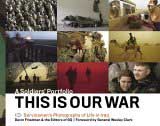 From SportsShooter.com, Thomas E. Witte on building a website for the professional photographer:
From SportsShooter.com, Thomas E. Witte on building a website for the professional photographer:
If you set a pile of Lincoln Logs down in front of a 5-year-old they’ll eventually figure out how to make a house out of them. Likewise, two weeks after plopping a $900 design program in to my computer, I eventually created a rudimentary frames based site that while designed so-so, had major flaws in terms of advertising myself.
Here.

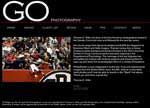
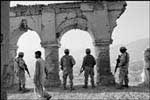



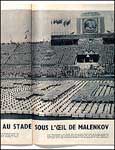

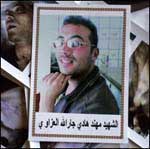



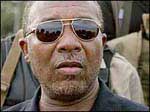

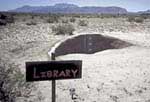




 From WABC-TV:
From WABC-TV:



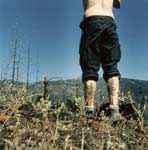




 From Magnum Photos, part one of photographer Larry Towell’s Living With AIDS photo essay, this one in Peru. As always, Towell’s eye is sharp.
From Magnum Photos, part one of photographer Larry Towell’s Living With AIDS photo essay, this one in Peru. As always, Towell’s eye is sharp.

